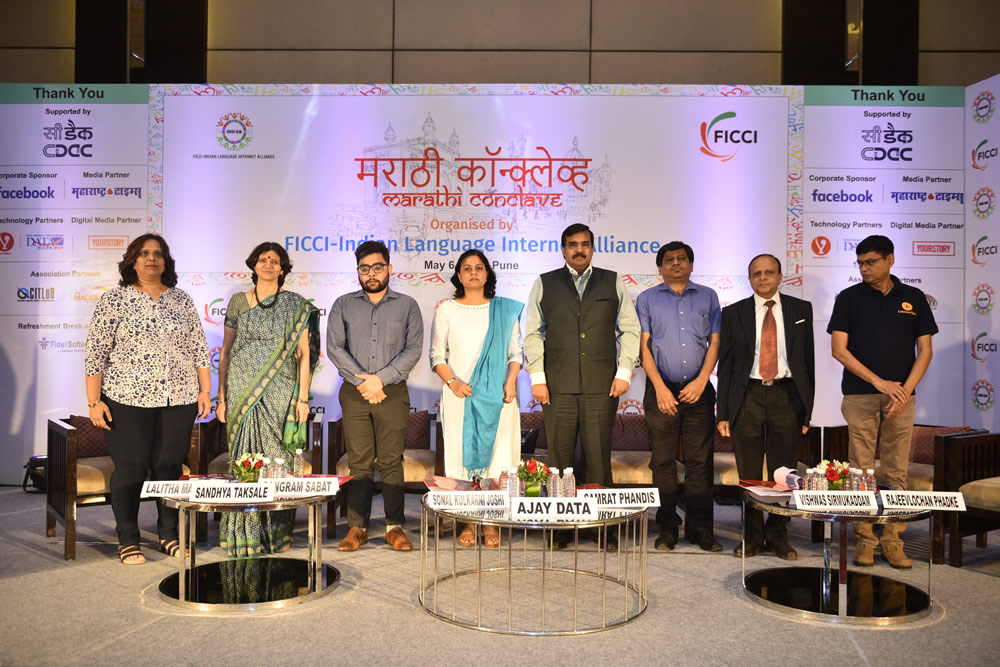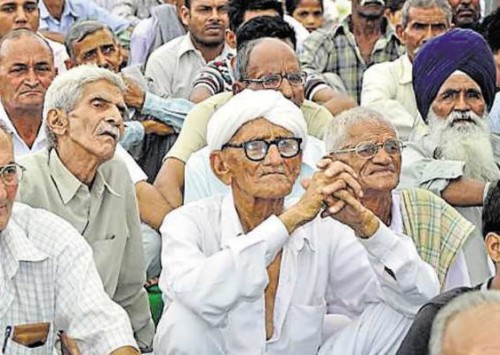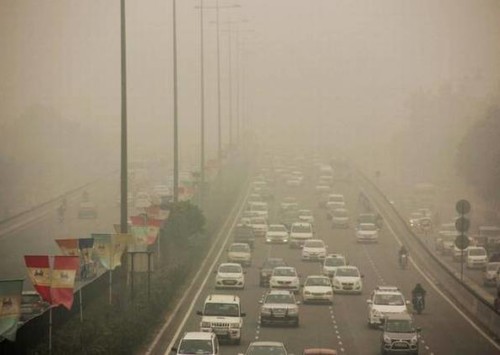Regional languages changing India’s internet landscape

Marathi Conclave 2019 highlighted the change in the internet landscape of India due to growing use of vernacular languages online (courtesy: ficci)
With the diverse nature of Indian demography, the growing use of local Indian languages online will change the country’s internet landscape breaking the English language barrier.
The recent Marathi Conclave 2019 organised by the FICCI- Indian Language Internet Alliance (ILIA), highlighted the change in the internet landscape of India brought by the growing use of vernacular languages online. According to the experts at the conclave there were 234 million Indian-language internet users and 175 million English language users in 2016. With the smart phones becoming cheaper and with the easier availability of internet, this number is expected to grow to 550 million Indic internet users within the next three years.
This explosion in usage of vernacular languages online is now being explored not only by tech companies but also by the central and state governments. Anand Katikar, head of Rajya Marathi Vikas Sanstha, government of Maharashtra said, “Rajya Marathi Vikas Sanstha is happy to participate in the Marathi Conclave and will be collaborating with FICCI-ILIA for the growth and development of the Marathi language ecosystem.”
Parminder Kakria, co-chair, ICT and Digital Economy Committee, FICCI and head Corporate Affairs of Wipro said, “Linguistic democratisation would bring digital empowerment to millions of Indians and help them tap the power of internet.” Tech companies are also calling on the government to mandatorily publish records of issues particularly health in all languages and make them available online.
Despite being talked about for long, the growth of Indian languages in internet has been slow. The Indian users with knowledge of English form less than 10 pc of the population. Around 90 pc of Indians do not speak English and use over 20 official languages with more than 6000 dialects. Research also says that the Indian language internet user trusts a website that has information in their preferred Indian language over an English site. When the first use of internet began people were interested in news, information, communication, entertainment and knowledge search for their needs. The English speaking audience is adept in using WhatsApp for communication, Google for information, You Tube for entertainment and such. But this scenario changes just beyond the first 100 million users of India as there is very little information on the Internet in Indian languages, few sites with correct information and no place for them to express themselves in their own language.
Internet for the next million users
The ILIA, an initiative by Google, was launched with the purpose of popularising Indian languages. One of the initial moves of the initiative was to make Google search work on voice commands in Hindi. Currently four more languages- Tamil, Telugu, Marathi and Bengali are supported on Google platforms which are expected to grow in the next years.
The start-ups and apps developed such as Vokal are trying to cater to the non-English speaking users of India by making vernacular accessible for all on internet platform. As Aprameya Radhakrishna, cofounder and CEO of Vokal said, “Vokal is the only company which is creating a platform for knowledge in India. It enables any user who is uncomfortable with English to be able to ask and get answers to questions in their own language. Vokal is in 10 different Indian languages. This helps break the knowledge disparity that exists between the English and non-English population and hence bridging the economic disparity that exists.”
With the local language internet user rising at a rate of 47 pc year on year, localisation seems to be a key part of India’s digital revolution as M D Kulkarni, senior director (Corporate R&D) & HoD GIST, country manager- W3C India office, CDAC said. He added, “If internet is offered in Indian languages, this can lead to addition of 205 million new internet users.”
There is a huge opportunity for India to utilise the power of next billion, by bridging the knowledge gap in the coming years with growth in the use of regional languages and bring in fold the India which was left out by the English internet.












